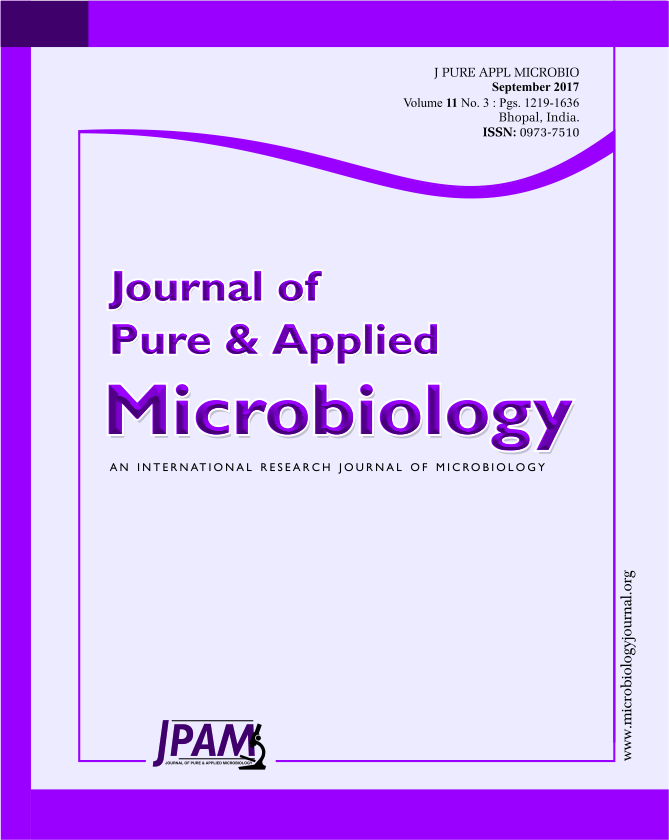The present experiment was carried out with different floral preservatives to find out their efficacy on the POD and CAT enzyme activity on petals during vase life period of cut tuberose (Polianthes tuberosa L.) flower spikes in cv. “Single” and cv. “Double”. Among the floral preservatives tried the CAT activity was observed to be the minimum in 4% sucrose treatment whereas, the maximum in 25 ppm cobalt chloride treatment. GA3 100ppm and 25ppm cobalt chloride treated spikes recorded the highest POD activity whereas, 4% sucrose treatment recorded the lowest POD activity in the cut flower spikes. Lower activity of peroxide and catalase at senescence were associated with a longer vase life.
Floral preservatives, POD, CAT, Vase life, Quality.
© The Author(s) 2017. Open Access. This article is distributed under the terms of the Creative Commons Attribution 4.0 International License which permits unrestricted use, sharing, distribution, and reproduction in any medium, provided you give appropriate credit to the original author(s) and the source, provide a link to the Creative Commons license, and indicate if changes were made.


